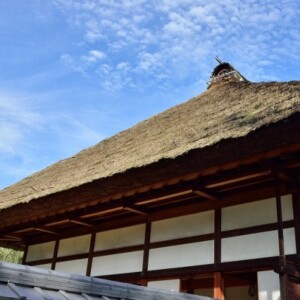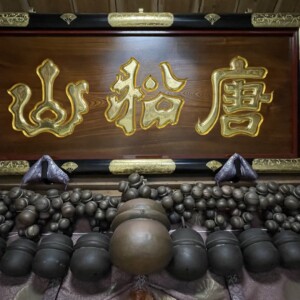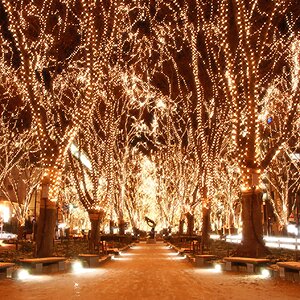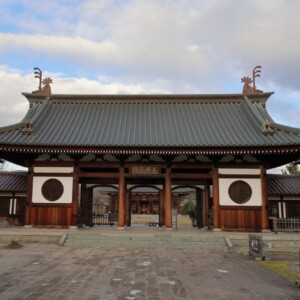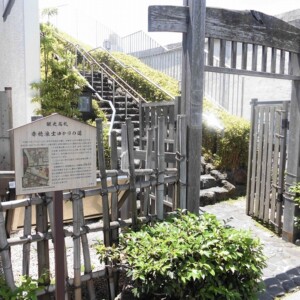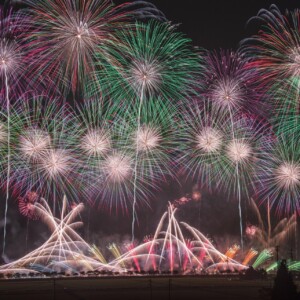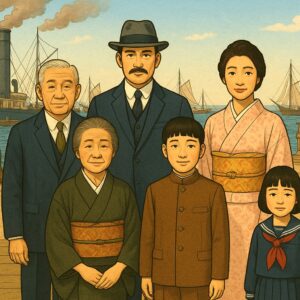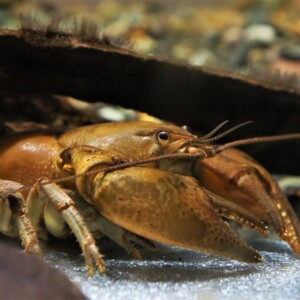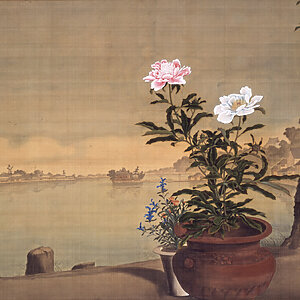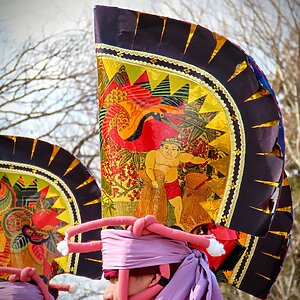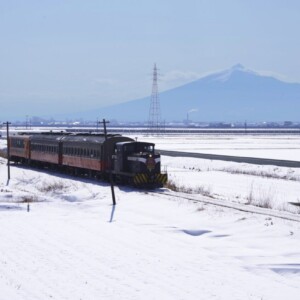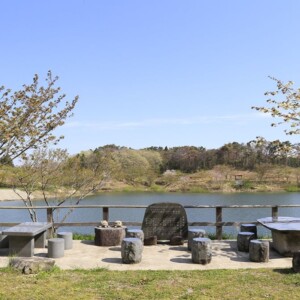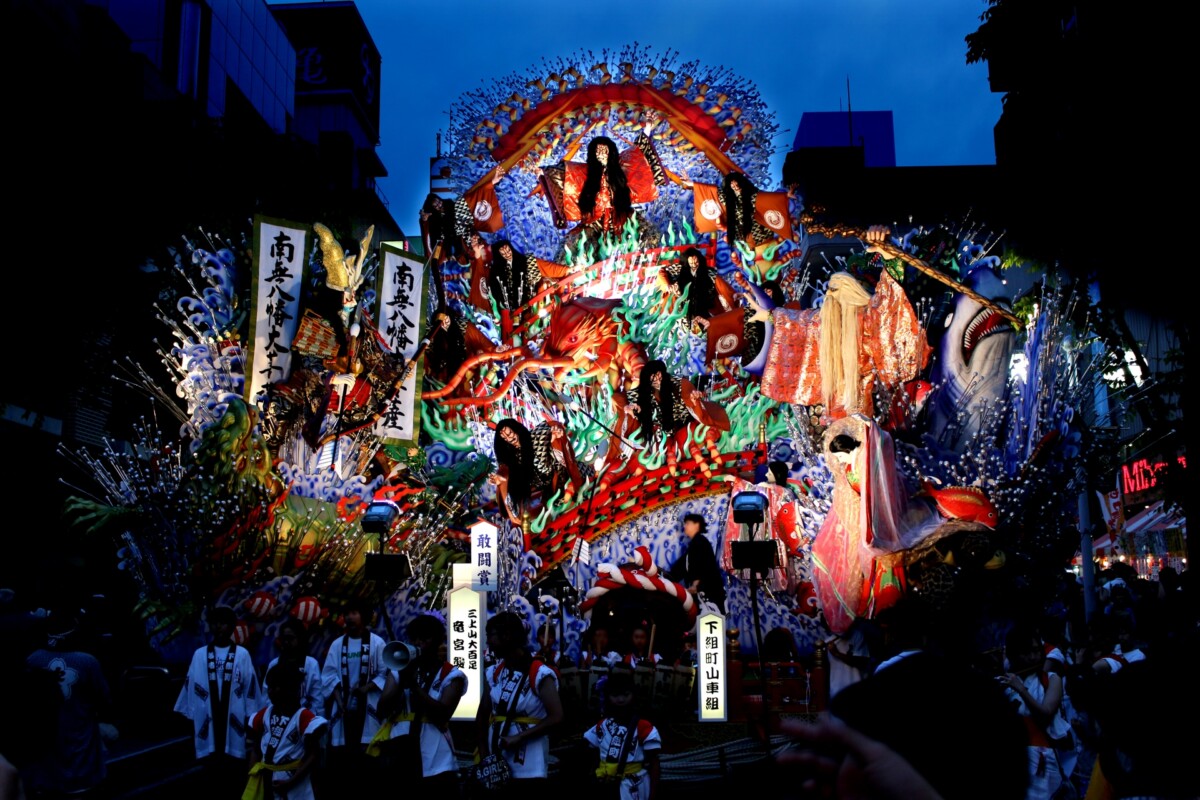
Over 1 million people during this period! Hachinohe Sansha Festival, originating from the Ogami Shrine festival [Aomori Prefecture]
table of contents
When speaking of summer festivals in Aomori Prefecture, many people will think of the Aomori Nebuta Festival, but Hachinohe City also has a large-scale summer festival that represents Aomori called the Hachinohe Sansha Festival
This article will explore the history of the Hachinohe Sansha Festival
What is the Hachinohe Sansha Festival?
The Hachinohe Sansha Taisai is a festival that originated from the festival of Ogami Shrine, and is held every year from July 31st to August 4th in Hachinohe City, Aomori Prefecture

The "three shrines" of the Sansha Festival refer to Ogami Shrine, Silla Shrine, and Shinmei Shrine , all of which are located within Hachinohe City. A procession of portable shrines from the three shrines, along with over 20 gorgeous floats from each town in the city, are paraded through the center of Hachinohe City every day on a different route (the reason for this will be explained later) as parishioners of the shrines.
In 2004, it was designated an Important Intangible Folk Cultural Property as the "Hachinohe Sansha Grand Festival Float Event," and in 2016 it was designated a UNESCO Intangible Cultural Heritage
It originated from the festival of Ogami Shrine located in Hachinohe City
Horeizan Ogami Shrine, located in Hachinohe City, is said to be the oldest shrine in the city, with records showing its history dating back to the late Heian period around 1,000 years ago, and although information is vague, tracing what remains as "legends" suggests that its origins date back even further
The festival dates back to an incident in 1720 during the Edo period, when the people of Hachinohe, suffering from a poor harvest, prayed to Horei Daimyojin (now Omi Shrine), the guardian deity of the Hachinohe domain, for better weather and a good harvest, and were able to safely enjoy the autumn harvest
As a result, the following year in 1721, the mikoshi was carried to Chojayama Kokuzodo (now Chojayama Silla Shrine) to express gratitude for the bountiful harvest. This festival is said to be the beginning of the Omi Shrine Mikoshi Togyo Festival, the precursor to the Hachinohe Sansha Grand Festival, and later, townspeople accompanied the mikoshi procession by offering dances and floats, which is said to have led to the festival's current form
Although it declined during the Meiji period, it was revived by adding processions from Silla Shrine and Shinmei Shrine and huge floats
By the mid-Meiji period, the festival had declined due to a number of problems, including financial issues, caused by the effects of war
In order to rebuild the town, Osawa Tamon, who was the head of Hachinohe town at the time, had the mikoshi procession of Chojayama Silla Shrine participate in the Omi Shrine festival in 1881, and then in 1886, at the request of parishioners, the mikoshi procession of Shinmei Shrine was also added
By expanding the scale, it became widely recognized as a "festival for the whole of Hachinohe," and was successfully revived. As a result, the "Hachinohe Sansha Grand Festival" was born, as it is a joint annual festival of the three shrines
Hachinohe Sansha Festival Schedule
The Sansha Festival the procession route changes every day . This is because, as mentioned above, it is a shrine festival in which the portable shrine of Omi Shrine is carried to Chojayama Silla Shrine.
Link: VISIT HACHINOHE – Hachinohe Sansha Festival | Event Schedule
Eve of the festival (July 31st)
The Eve Festival, as its name suggests, is the eve of the festival. There are no paraded floats, but instead, more than 20 floats are displayed simultaneously in the Civic Square in front of Hachinohe City Hall and in the city center, with the music of each group playing here and there. The dazzling spectacle is so spectacular that it has been registered as a "Japanese Night View Heritage."
Link: Japan Night View Heritage: Hachinohe Sansha Festival
Passage (August 1st)
After a Shinto ritual and departure ceremony is held at Omi Shrine with the participation of the priests of the three shrines and other related parties, a procession of portable shrines and floats from each shrine begins during the day (around 3:00 p.m.) and into the evening
Following the example of the shrine festival in which the portable shrine of Omi Shrine is carried to Chojayama Silla Shrine, the procession departs from near Omi Shrine (currently in front of Hachinohe City Hall) and travels along the main streets of the city towards Chojayama
Chunichi (August 2nd)
Originally, this was the day when the chief priest of Omi Shrine would arrive at Mt. Choja and perform the annual festival. Now, a horse-riding ball game called Kagami-ryu Kiba-dakyu, which began in 1827, is dedicated to the festival
This classic sport, also known as "Oriental Polo," involves horseback riders picking up balls with sticks and throwing them into the goal gate. The parade then begins at Mikkamachi Intersection and loops around the city's main streets at night (from 7:00 PM to 9:00 PM)
Return (August 3rd)
Since this is the day when the portable shrine procession of Omi Shrine returns to Omi Shrine after the festival at Chojayama Silla Shrine, the procession runs from daytime (around 3 p.m.) through the evening, departing from Chojayama (currently starting from near Kajimachi), making a circuit of the city center, and heading to Omi Shrine
After-party (August 4th)
As with the eve of the festival, there will be no parade of floats, but instead, floats will be displayed in the Civic Square in front of Hachinohe City Hall and in the city center
Matrix contents
In addition to the portable shrine processions and floats of each shrine, the procession also features a variety of local performing arts
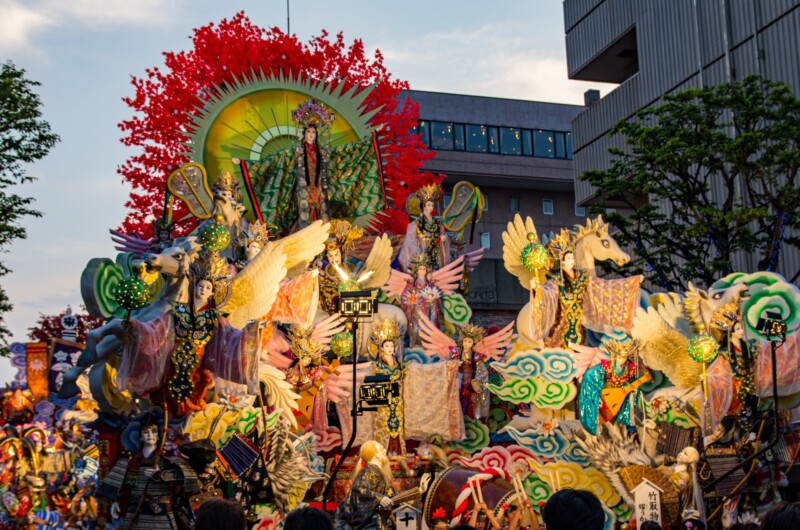
- Horyo Kagura : Horyo Kagura is a form of Horyo Kagura that has been passed down at Omi Shrine, and is a Gongen dance performed while holding a lion's head called "Gongen-sama."
- Tiger Dance : Widely found along the Pacific coast of Tohoku, this dance is passed down as a belief in fire prevention and safe navigation.
- Daikagura : A performing art that combines lion dance with faith in Ise Shrine and Atsuta Shrine.
- Komaodori : A performing art found in the horse-breeding areas of Sanpachi Kamikita and northern Iwate Prefecture, this dance involves a model horse attached to the performers' torso and dancing in a bouncy manner.
- Sasanoha Dance : This dance disappeared from the Hachinohe Sansha Festival during the Meiji period, but was revived in the Heisei period based on ancient documents and other historical records.
- Tekomai : Dressed in traditional costumes, they walk at the front of the float procession, clapping their sticks.
- Hana Yatai : It is said that this float, carrying geisha from the Konakano and Same districts of Hachinohe city, which flourished as entertainment districts, has been participating in processions since the Meiji period.
summary
The Hachinohe Sansha Festival has evolved from a shrine festival into a major festival representing the region. The gorgeous floats, which are different from Aomori City's Nebuta, are definitely worth seeing!
Hachinohe Sansha Festival <Information>
- Name: Hachinohe Sansha Festival
- Event period: July 31st to August 4th every year
- Location: Hachinohe city center, Aomori Prefecture
- Official URL: VISIT HACHINOHE – Learn about the Hachinohe Sansha Festival


![[Tohoku Six Prefectures] Enjoy Tohoku's summer festivals to the fullest! ~Summer Festival Complete Guide~ 4583385_m](https://jp.neft.asia/wp-content/uploads/2023/07/4583385_m-150x150.jpg)
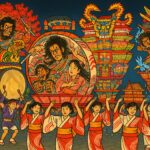
![[Aomori Nebuta / Hirosaki Neputa] A look back at what's happening after Aomori's four major summer festivals [Sansha Festival / Tachineputa] 2036_Hirosaki Neputa Festival](https://jp.neft.asia/wp-content/uploads/2025/08/cbe93241d31fd9a0698e8a3e74826b20-150x150.jpg)
!["Place names with doors" from 1 to 9 [Hachinohe and Kunohe edition] Mystery with different patterns only for the eight and nine positions Hachinohe Catch](https://jp.neft.asia/wp-content/uploads/2024/07/8737ae4878723e4fc7d713b6aed41d96-150x150.jpg)
![[Recommended Autumn Festivals: Aomori Edition] Introducing the Aomori autumn festivals and local gourmet food! Aomori Autumn Festival Catch](https://jp.neft.asia/wp-content/uploads/2024/08/5113a23dc13b4a4879e8916209d8913c-150x150.jpg)
![[Shimokita Peninsula, Aomori Prefecture] Geopark Shimokita Peninsula. A rich hot spring springs from the northernmost peninsula of Honshu 24734759_m](https://jp.neft.asia/wp-content/uploads/2023/02/24734759_m-150x150.jpg)
![The mysterious world of the Shimokita Peninsula of Geopark: "The northern limit of monkeys on Osoreyama and Butsugaura" [Aomori Prefecture] 25110883_m](https://jp.neft.asia/wp-content/uploads/2022/11/25110883_m-150x150.jpg)
![The gorgeous "Noheji Gion Festival" and Kitamae Ship port call "Noheji" [Aomori Prefecture] 4031_Noheji Gion Festival](https://jp.neft.asia/wp-content/uploads/2023/03/27d8816076df6701eb2d6ec6c91e5169-150x150.jpg)
